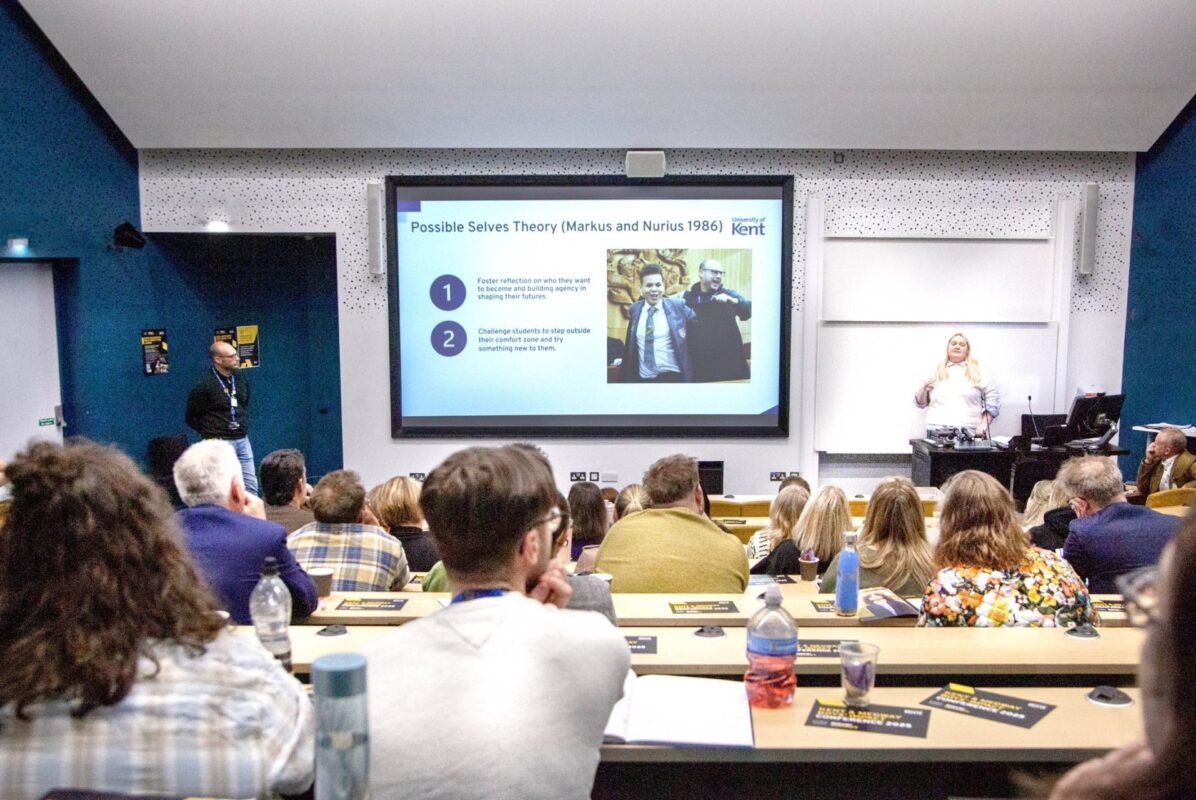Faculty Perspectives: Teaching Students to Embrace Failure

In an era where innovation and agility define business success, the road to achievement is often paved with failures. This is why it’s crucial to teach business students to embrace failure in their educational journey and beyond. In the fast-paced world of business, resilience and adaptability are traits that distinguish successful professionals from their peers. The ability to learn from failure and persevere is not just a survival skill but a cornerstone of innovation and growth. At Oxford Business College, we are committed to instilling this mindset in our students from day one, preparing them to navigate their educational journey and beyond with confidence and resilience.
The Importance of Embracing Failure
Failure is often viewed as a negative outcome which will set ambitious people back on their dreams. However, this perception is gradually shifting. Industry leaders and educators alike recognise that failure is an integral part of the learning process.
It is through failure that individuals gain insights, develop critical thinking, and acquire the tenacity needed to overcome future challenges. For instance, many renowned entrepreneurs and business leaders, including Steve Jobs, Elon Musk, and Sara Blakely, have publicly acknowledged the role of failure in their journeys. Their stories serve as powerful examples for students, demonstrating that setbacks are not endpoints but rather stepping stones to greater achievements.
Implementing a Failure-Friendly Culture
Creating a culture that normalises failure involves intentional efforts across various aspects of an institution’s operations. For example, adding real-world challenges and case studies into business school courses so that students understand that failure is a part of problem-solving and innovation helps create a failure-friendly culture.
It is equally vital to encourage students to develop business plans, pitch ideas and encounter constructive criticism and rejection. These experiences teach students to refine their ideas continuously and learn from setbacks.
Integrating Failure as a Learning Tool in the Classroom
Create a safe environment where students feel comfortable discussing their failures and setbacks and can share and analyse their mistakes with teachers and peers constructively. Reflective exercises, such as the use of reflective journals are also key in helping students embrace failures; students can document their setbacks and the lessons Learnt, students gradually develop resilience and a healthier attitude towards failure.
Facilitating peer reviews and group discussions which allow students to receive and provide feedback is another great collaborative approach to help students learn from each other’s experiences and insights.
Encourage Calculated Risk-Taking
Students should be motivated to take calculated risks in a supportive environment, as this allows them to celebrate wins and learn from mistakes, helping prepare them for success in business. Business simulations, innovation labs and start-up incubators can all provide a supportive environment where students can test their ideas and learn from failures in a controlled setting. Risk management should also be part of the curriculum. Courses should cover how to assess risks, weigh potential outcomes and make informed decisions. This knowledge can empower students to take risks confidently and responsibly.
By implementing these strategies, higher education institutions can help students develop the confidence and skills needed to take calculated risks, ultimately preparing them for the dynamic challenges of the professional world.
The Importance of Mentorship
Pairing students with mentors who can provide guidance on taking risks is another huge benefit to business students. Mentors can share their own experiences with failure and success, offering valuable insights and support. Mentors can also recognise and reward students for their efforts and learning experiences, not just their accomplishments. This encourages students to stay resilient and feel supported.
Conclusion
Teaching students to embrace failure is essential for preparing them to navigate the complexities of the professional world with confidence and resilience. Institutions can foster this mindset by integrating real-world challenges into the curriculum, promoting open conversations about failure in classrooms, and providing platforms for experimental learning.
By creating a culture that views failure as an opportunity for growth rather than a setback, educational institutions can help students develop the mindset and skills necessary to turn failures into successes. Through these dedicated efforts, we can shape future leaders who are not afraid to fail, learn, and ultimately succeed.
By Professor Fawad Inam, Executive Principal of Oxford Business College











Responses